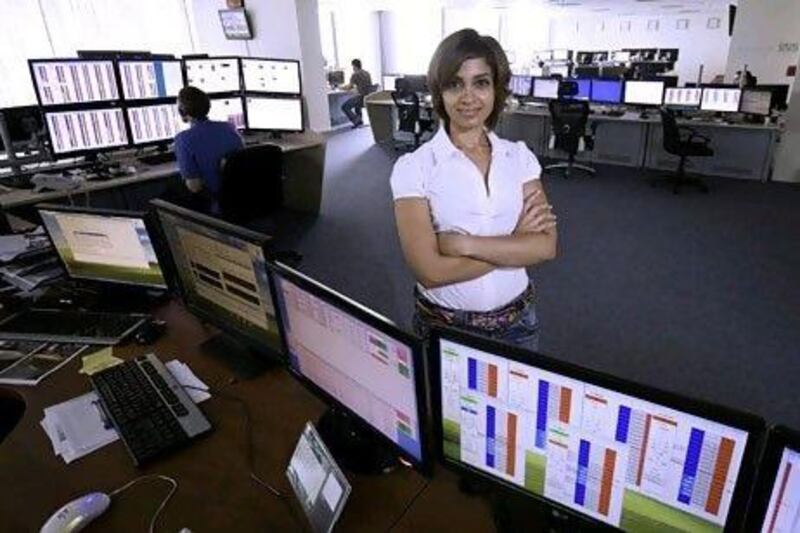Acceptance of certain facts in life is key: knowing you can't make a rainbow come out when you feel like it, eradicate world poverty or taxes in a single stroke, or control time and ageing. Acceptance of these truths makes the journey a lot easier.
In the life of a momentum trader, there is another truth that is crucial to accept: you will make bad trades. When you accept this fundamental fact you can better manage your other trades, your capital and your sanity. In the end, after all, the goal is simply to ensure that your profits far outweigh your losses.
While some enjoy living life on the edge and taking risks, I have yet to meet a trader who takes absolute pleasure in getting burned and wiping out their entire capital. On a volatile day - and there have been a couple this week - that is absolutely possible.
How do I maintain control and prevent this from happening? I adhere to a few basic ground rules that I've established based on my own personality and appetite for risk:
I recognise that I am a day trader. I do not carry forward any trading positions but choose to square off all my trades at the end of each day. There are some short-term traders that hold positions for three to seven days but the size of my initial capital will not withstand massive swings in prices or any gaps that occur after trading hours. Taking a risk by holding positions for days is out of the question for me.
I keep a close eye on all key economic reports for the US and Europe. These include the consumer price index, unemployment figures and central banking activities and announcements. In particular, there are two people who sway the markets when they speak: Jean-Claude Trichet, the president of the European Central Bank, and Ben Bernanke, the chairman of the US Federal Reserve. Before they speak, I make sure to clear all my positions.
I watch overall trends for the asset classes I trade. While the momentum can sometimes go against the trend for short spikes due to institutional traders and investors leading it for their personal purposes, keeping the bigger picture in mind helps me stay focused.
I think about my entry and exit before I get into a trade. I don't have to trade every minute of the day, there is absolutely nothing wrong with maintaining a gap between trades, being trigger happy most certainly does not accentuate your bottom line.
I set a point at which I will execute a stop loss when I take a position. For the moment I am practicing a stop loss of 1 per cent of my risk capital for a trade. The recommended monthly loss limit for an aspiring trader is 6 per cent of total equity.
When I am in a trade I keep my eyes peeled on the screen. I cannot afford to miss out on a shifting trend or a reversal in the market.
I do not get emotional. There is nothing worse than failing to act quickly to close a bad position because you've become attached to a trade. I do not check my window indicating profit and loss until the end of my session, it helps me keep my emotions in check.
While I haven't succeeded in completely eliminating my losses I have succeeded in considerably reducing their size. And I can accept that.
Renee Tauro is chronicling her quest to start a new career as a trader





